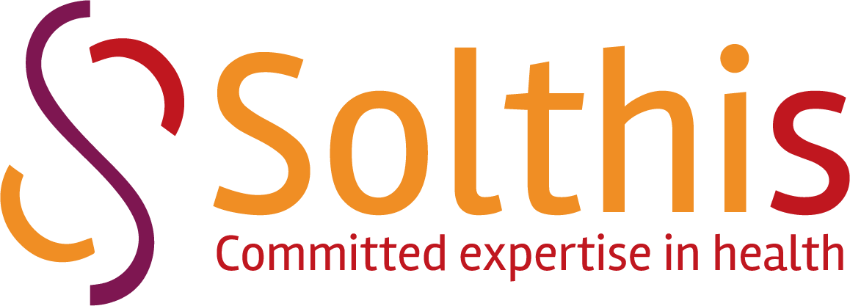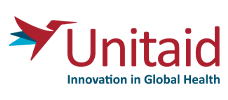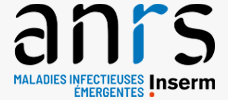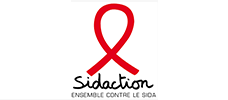February 2013 – July 2019
Burundi, Cameroon, Côte d'Ivoire, Guinea
In most resource-limited countries, the follow-up of patients on antiretroviral therapy is mainly based on clinical examination and CD4 count. However, these tools are insufficient to identify and prevent situations of therapeutic failure. This limit leads to unnecessary or too late switching to rarer and more expensive second line treatments. The use of HIV viral load (CV) measurement is necessary to ensure appropriate treatment. In Guinea, viral load testing was not available in the public health system.
Objectives
The OPP-ERA project was built to contribute to the global strategy to end HIV/AIDS in the World, particularly the “3rd 90” of the UNAIDS targets 90-90-90: to reach 90% of patients on antiretroviral treatment who have an undetectable viral load by 2020. The OPP-ERA project has thus contributed to improving regular access and use of viral load testing in 4 countries in West and Central Africa.
The project was supported and financed by Unitaid, implemented by a consortium, led by Solthis, responsible for the project operational coordination and implementation in Guinea; ANRS as co-funder and head of the scientific coordination; Expertise France responsible for project implementation in Côte d’Ivoire and Cameroon; and Sidaction in Burundi.
From 2013 to 2019, the OPP-ERA project increased access to viral load testing and integrated them into the health systems of the four countries of intervention by creating necessary conditions: functional molecular biology units, trained health personnel, continuous availability of the health products needed to achieve the viral load, systems for collecting samples and reporting organized results, health authorities involved and patients involved in their health.
Beneficiaries
-
Comité de Pilotage: PNPCSP SE/CNLS DNPL: Direction Nationale de la Pharmacie et du Laboratoire
-
Comité Médical Technique (CMT)
-
Direction de l’Hôpital National de Donka
-
Laboratoire National de Santé Publique (LNSP)
Results
-
12 equiped laboratories with molecular biology technologies
-
300 health professionals trained ( clinicians, biologists, laboratory technicians, procurement and stocks managers)
-
More than 75% of patients with undectectable viral load (and up to 88% of undectable viral load in certain health centers)
-
More than 180 000 viral load tests realized










